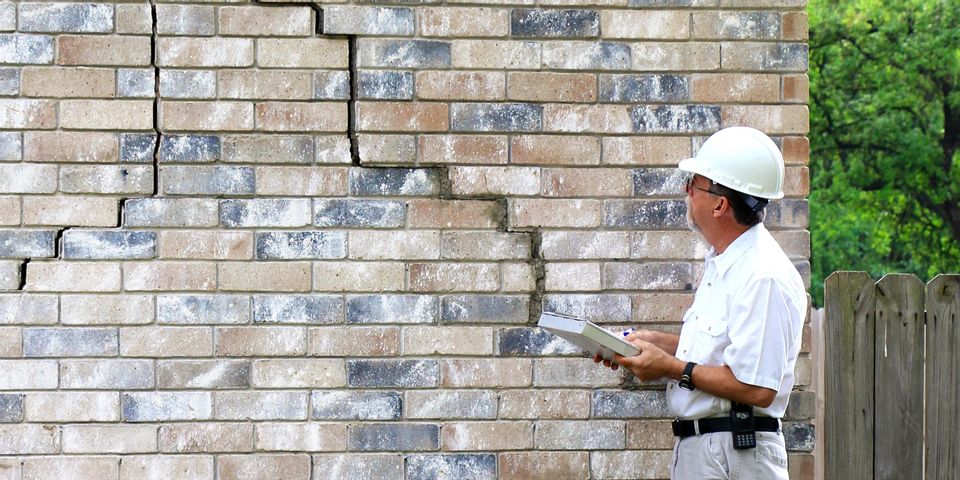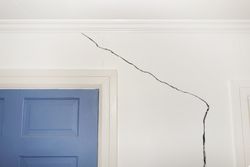A Guide to the Different Types of Basement Cracks

Basement or foundation cracks have several causes, including improper building techniques and normal house settling. Foundation cracks can expand due to water infiltration, resulting in moisture accumulation in your basement and mold growth. Some cracks affect building safety because they compromise their structural integrity and risk full collapses. Learn about the different types of cracks and what causes them to schedule timely foundation crack repair and waterproofing services.
4 Types of Foundation & Basement Cracks You Need to Know About
1. Horizontal
Horizontal cracks occur from shifting or settling soil, as well as soil pressure. Improper backfill techniques create this pressure from over-compression or poor drainage, forcing the foundation walls inward. As the most serious crack type, they frequently appear in brick and concrete block foundations. Horizontal damage can cause structural collapses because the foundation bows instead of maintaining a straight line. Because they’re the most severe type, they require the most involved foundation crack repairs. This can include reinforcing the basement interior with wall plates or helical anchors to prevent further bowing.
2. Vertical
 The typical result of a settling foundation, vertical cracks can sometimes include slight diagonals and may extend up from the basement ceiling or floor. Those larger than 1/4 inch can affect the structural integrity of a property and require a professional inspection. However, most are not dangerous and are easily filled with epoxy or a urethane material to prevent water intrusion and keep the crack from expanding — even if the house shifts further.
The typical result of a settling foundation, vertical cracks can sometimes include slight diagonals and may extend up from the basement ceiling or floor. Those larger than 1/4 inch can affect the structural integrity of a property and require a professional inspection. However, most are not dangerous and are easily filled with epoxy or a urethane material to prevent water intrusion and keep the crack from expanding — even if the house shifts further.
3. Diagonal
Diagonal cracks on basement or crawlspace walls feature 30 to 75-degree angles and result from foundation settling — especially when one side of the foundation settles more than the other. Known as differential settling, it creates tension that results in angled cracks and typically occurs in homes constructed on hills. Severe soil expansion and contraction under one section of a home can also cause this issue. Urethane or epoxy injections often solve diagonal crack problems. However, you still need a professional inspection to determine if more work is needed to address the differential settling, such as foundation re-leveling. Rerouting your drainage system may also be necessary to prevent further cracking.
4. Step
Featuring a stair-shaped pattern, these cracks appear on exterior walls above the foundation and also result from differential settling. Sometimes concrete blocks jut out, indicating a larger problem. Professional foundation crack repair services will determine the severity of the issue and whether re-leveling is necessary in addition to sealing.
If you need foundation crack repair, work with Reliable Crack Injection in Cincinnati, OH, to get the job done right. The basement waterproofing and foundation crack repair company serves Northern Kentucky in addition to the Greater Cincinnati area and offers free estimates, night and weekend scheduling, multi-crack discounts, and 20-year work guarantees. Call (513) 368-4366 today to schedule work or visit the business online for information on their crack repair process. Get tips on basement waterproofing and more on Twitter.
About the Business
Have a question? Ask the experts!
Send your question

